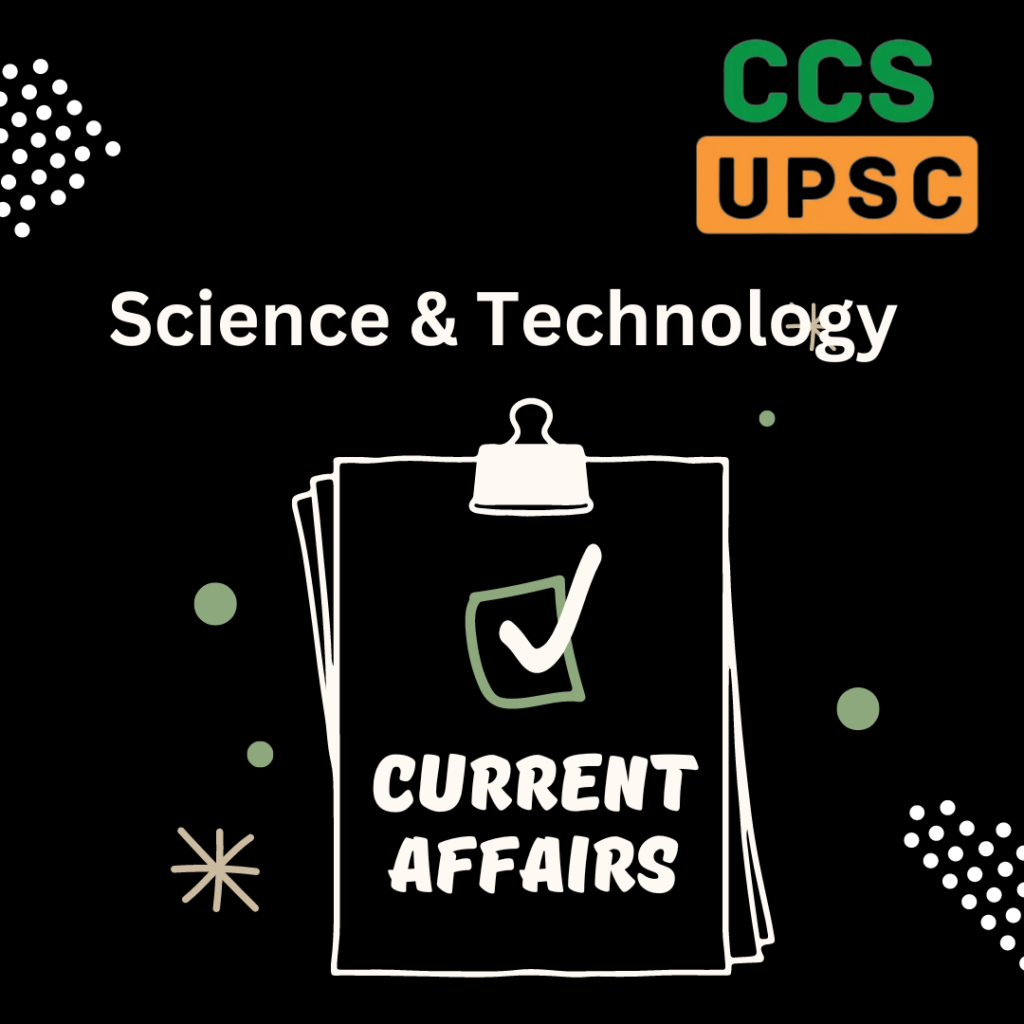Context
∙ The government will set up a coordination cell to implement the National Quantum Mission (NQM) with a focus on establishing four technology hubs.
About
∙ The NQM is expected to set up four mission hubs in quantum computing, quantum communication, quantum sensing and metrology, and quantum materials and devices.
∙ It will essentially be a consortium of academia, research and development labs and industry.
Mission Coordination Cell (MCC)
∙ The MCC will be set up as a coordinating agency for the Mission and will work in coordination with the Mission Secretariat, DST.
∙ It will function under the overall supervision and guidance of Mission Technology Research Council (MTRC).
National Quantum Mission (NQM)
∙ The government approved the National Quantum Mission (NQM) in 2023 from 2023-24 to 2030-31.
∙ Aim: To seed, nurture and scale up scientific and industrial R&D and create a vibrant & innovative ecosystem in Quantum Technology (QT).
∙ This will accelerate QT led economic growth, nurture the ecosystem in the country and make India one of the leading nations in the development of Quantum Technologies & Applications (QTA).
∙ Objectives: The Mission objectives include developing intermediate-scale quantum computers with 50-1000 physical qubits in 8 years in various platforms like superconducting and photonic technology.
∙ Satellite-based secure quantum communications between ground stations over a range of 2000 kilometers within India, long-distance secure quantum communications with other countries, inter-city quantum key distribution over 2000 km as well as multi-node Quantum networks with quantum memories.
∙ Developing magnetometers with high sensitivity in atomic systems and Atomic Clocks for precision timing, communications, and navigation.
∙ It will also support the design and synthesis of quantum materials such as superconductors, novel semiconductor structures, and topological materials for the fabrication of quantum devices.
∙ Single photon sources/detectors,and entangled photon sources will also be developed for quantum communications, sensing, and metrological applications.
∙ Implementation: Setting up of four Thematic Hubs (T-Hubs) in top academic and National R&D institutes in the domains – Quantum Computing,Quantum Communication, Quantum Sensing & Metrology and Quantum Materials & Devices.
∙ The hubs will focus on generation of new knowledge through basic and applied research as well as promote R&D in areas that are mandated to them.
∙ Significance: NQM has the potential to elevate the country’s Technology Development ecosystem to a level of global competitiveness.
∙ The Mission would greatly benefit various sectors including communication, health, financial, energy with applications in drug design, space, banking, security etc.
∙ The Mission will also provide a huge boost to National priorities like Digital India, Make in India, Skill India and Stand-up India, Start-up India, Self-reliant India and Sustainable Development Goals (SDG).
∙ Properties: It is the world’s thinnest, strongest, and most conductive material of both electricity and heat.
∙ It conducts electricity better than copper.
∙ It is 200 times stronger than steel but six times lighter. It is almost perfectly transparent as it absorbs only 2% of light.
∙ It is impermeable to gases, even those as light as hydrogen and helium.







